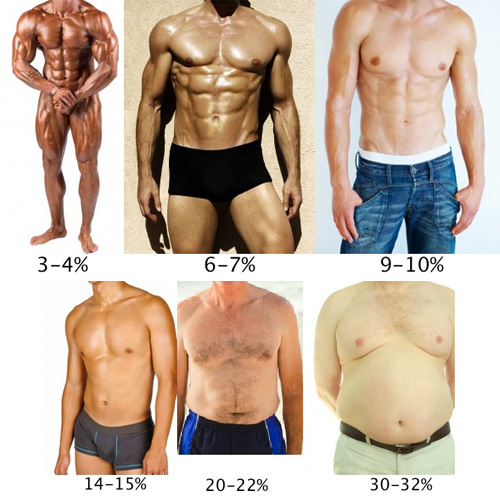Dear Davey,
Everyone talks about getting ‘fit’ but what exactly is ‘fit’ and how do you know when you have become ‘fit’? Is fitness a good BMI, fantastic looking body (like yours), low weight, being able to cycle for miles non stop or something else?
Thanks,
Jonathan
Hey Jonathan,
I love your question! And it speaks to the importance of structuring your program around a solid goal.
In the past, I’ve written about the necessity of S.M.A.R.T. goals. That is, goals that are:
- Specific: Goals should be laser-focused.
- Measurable: Whenever possible, attach real-world numbers to your goals. This could mean pounds, kilos, inches or clothing sizes.
- Attainable: A good goal should be achievable with hard work and dedication - but rooted in reason. Don’t make it too difficult. Conversely, don’t make it too easy.
- Relevant: The goal needs to be important to you. If it’s not important, you won’t stick with it.
- Timely: Attach a date to your goal. Rather than wanting to lose 10 pounds of fat, say that you want to lose 10 pounds of fat in 60 days.
With S.M.A.R.T. goals in mind, your question illustrates the problem of saying you’d like to become fit. For starters, it’s not specific, measurable or timely. So let’s turn “fit” into a smart goal.
 Though true physical fitness takes many complicated factors into consideration (such as cardiorespiratory endurance, muscle strength, muscle endurance, flexibility, balance, etc.), there is an easier way to cut to the point. It involves body fat percentages.
Though true physical fitness takes many complicated factors into consideration (such as cardiorespiratory endurance, muscle strength, muscle endurance, flexibility, balance, etc.), there is an easier way to cut to the point. It involves body fat percentages.
Here’s how it breaks down:
- Essential fat: 10% - 13% for women, 2% - 5% for men
- Athletes: 14% - 20% for women, 6% - 13% for men
- Fitness: 21% - 24% for women, 14 - 17% for men
- Average: 25% - 31% for women, 18 - 24% for men
- Obese: 32+% for women, 25+% for men
Though body fat percentages don’t consider every aspect of physical fitness, they’re a great place to start. And it’s easy to create a smart goal around body fat percentages. For example, you could say, “I want to achieve 15% body fat by December 31.”
With that S.M.A.R.T. goal in mind, you can certainly structure a fitness program to make it happen!
I hope that helps!
Love,
Davey
But when most people use the word fit, they’re referring to an in-shape individual with a low percentage of body fat.










